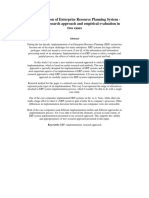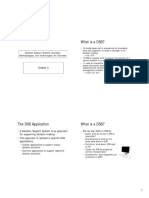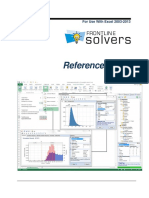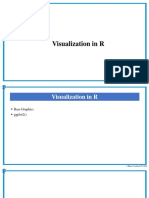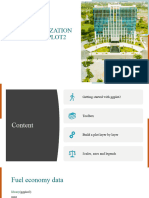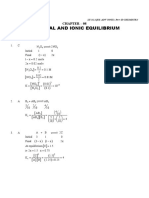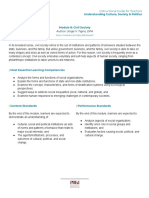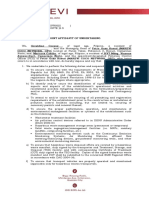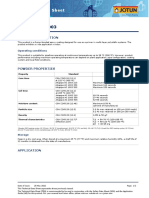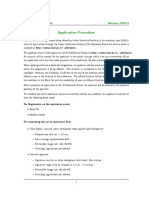0% found this document useful (0 votes)
244 views36 pagesData Visualization for R Users
This document provides an introduction to data visualization techniques using R and the ggplot2 package. It discusses different types of variables and the appropriate visualization geom for different variable combinations. Key geoms include geom_point() for scatter plots, geom_bar() for bar charts, geom_histogram() for histograms, and geom_line() for line plots. The document emphasizes that ggplot2 follows the grammar of graphics, where data, aesthetics, geometries and other elements are layered to create visualizations.
Uploaded by
APPIAH ELIJAHCopyright
© © All Rights Reserved
We take content rights seriously. If you suspect this is your content, claim it here.
Available Formats
Download as PDF, TXT or read online on Scribd
0% found this document useful (0 votes)
244 views36 pagesData Visualization for R Users
This document provides an introduction to data visualization techniques using R and the ggplot2 package. It discusses different types of variables and the appropriate visualization geom for different variable combinations. Key geoms include geom_point() for scatter plots, geom_bar() for bar charts, geom_histogram() for histograms, and geom_line() for line plots. The document emphasizes that ggplot2 follows the grammar of graphics, where data, aesthetics, geometries and other elements are layered to create visualizations.
Uploaded by
APPIAH ELIJAHCopyright
© © All Rights Reserved
We take content rights seriously. If you suspect this is your content, claim it here.
Available Formats
Download as PDF, TXT or read online on Scribd
/ 36



